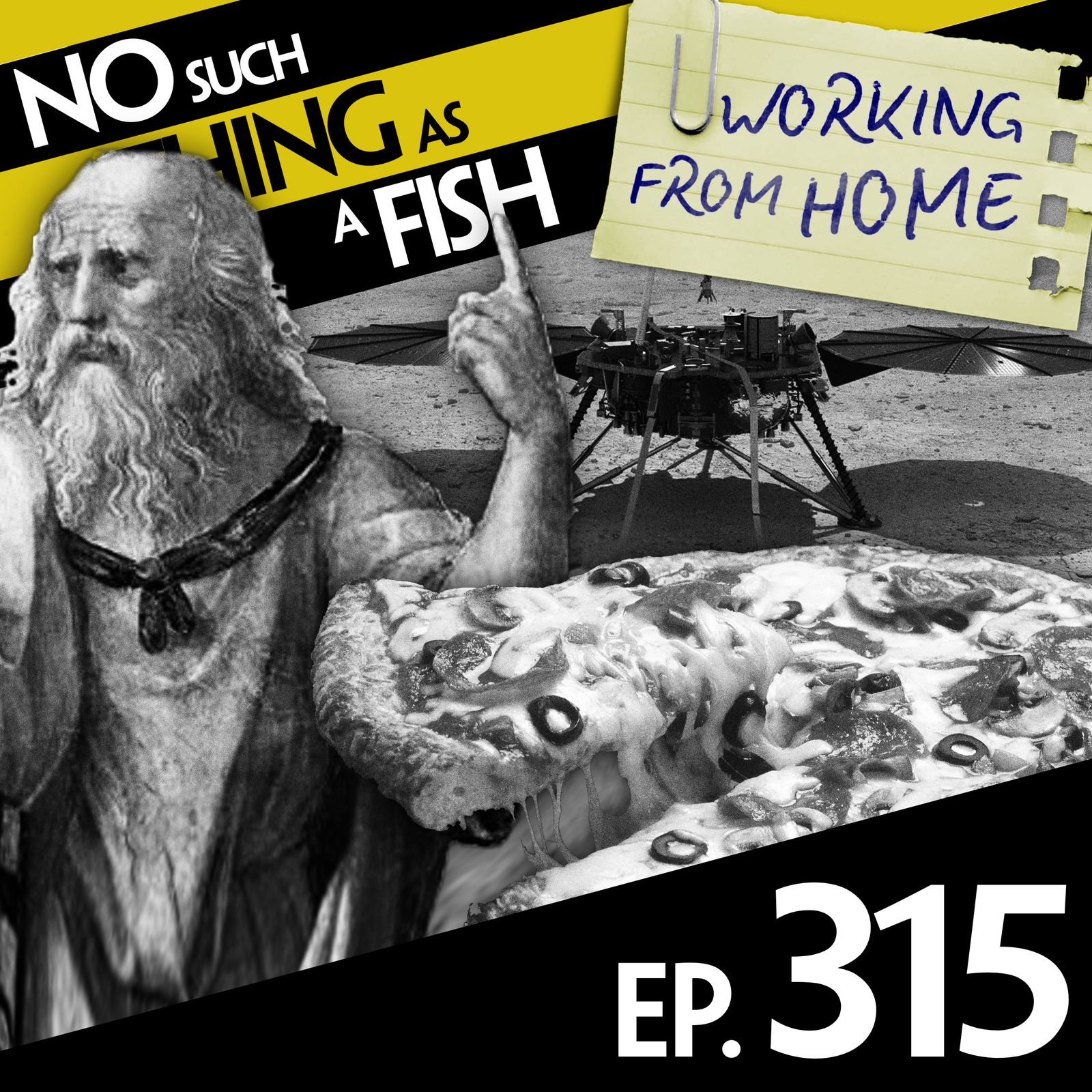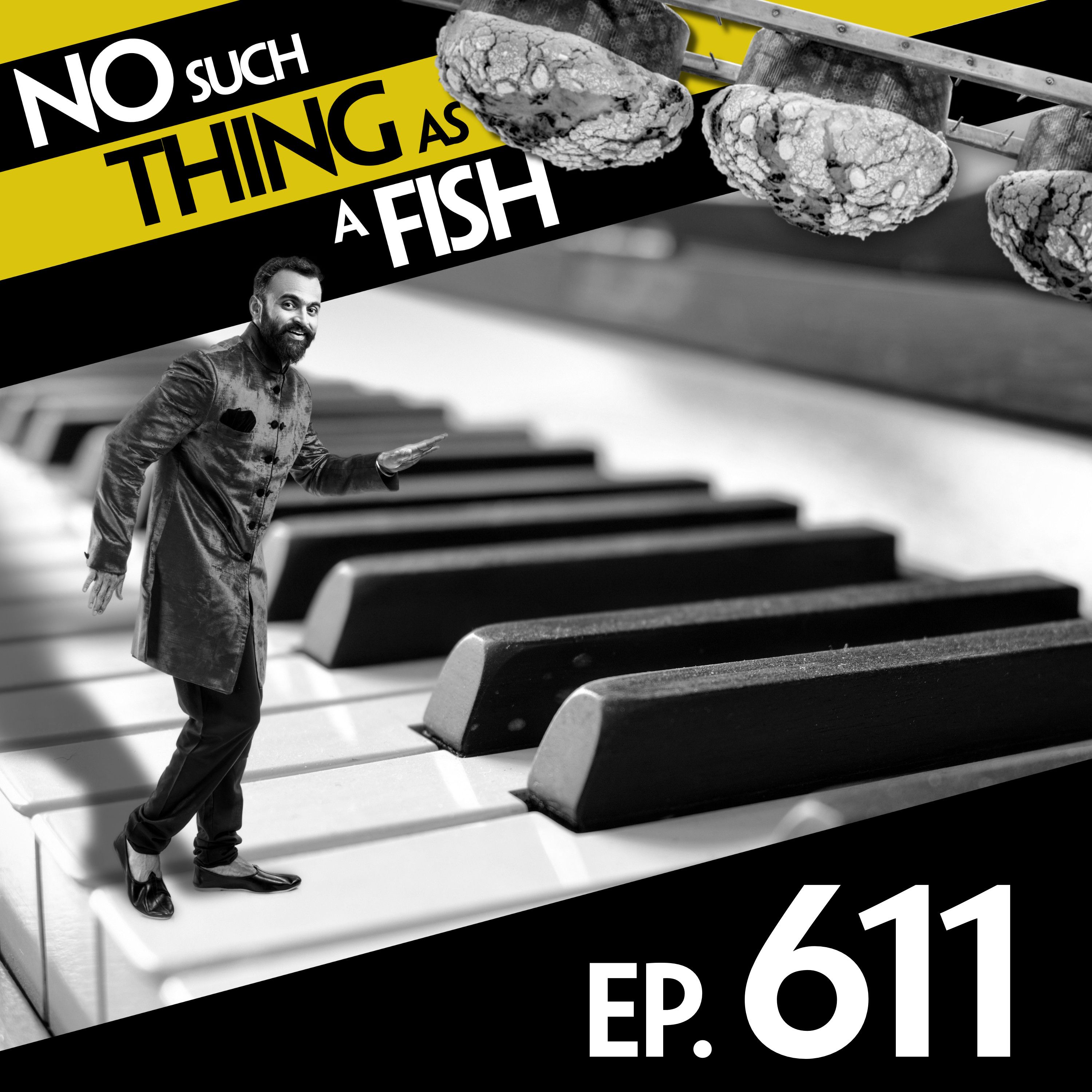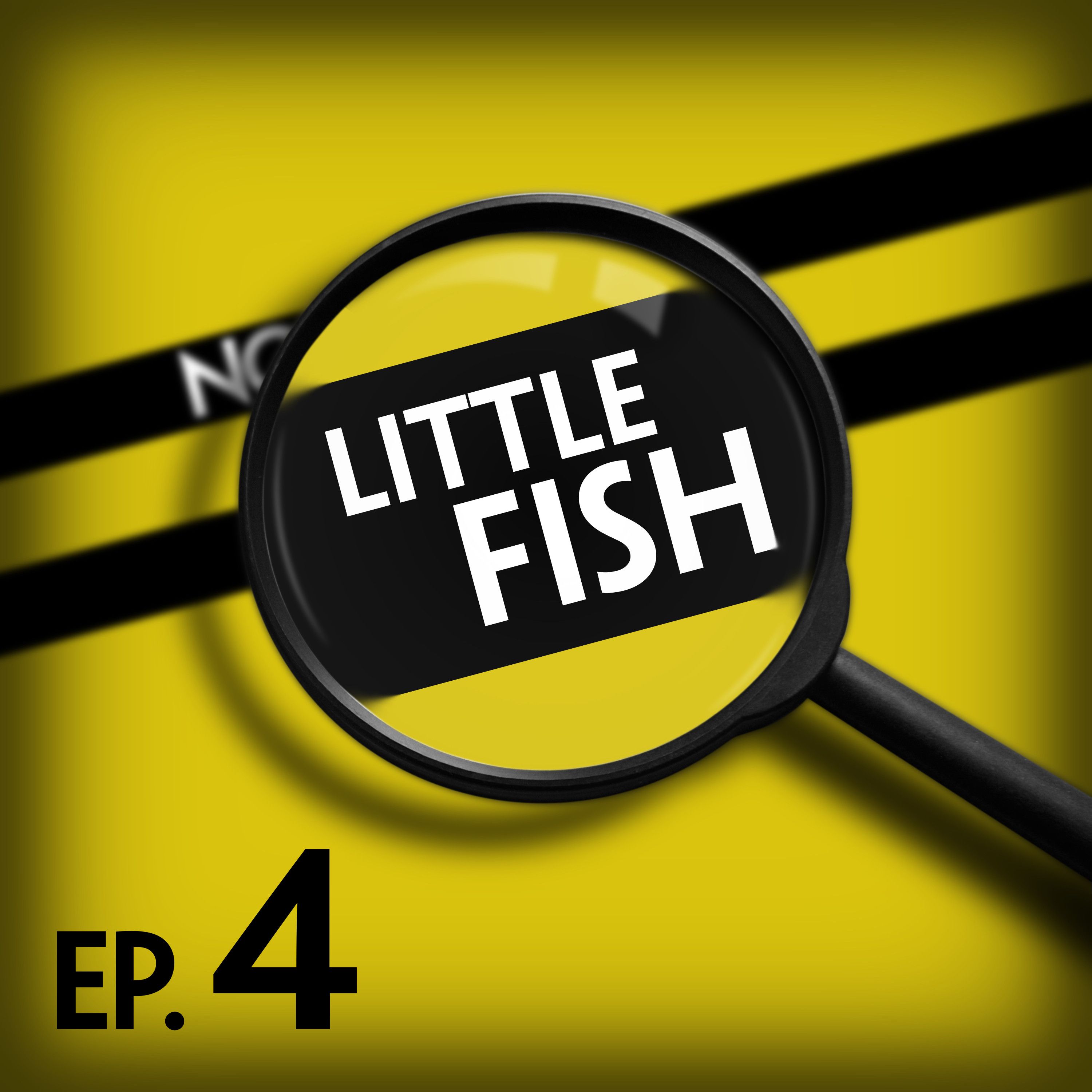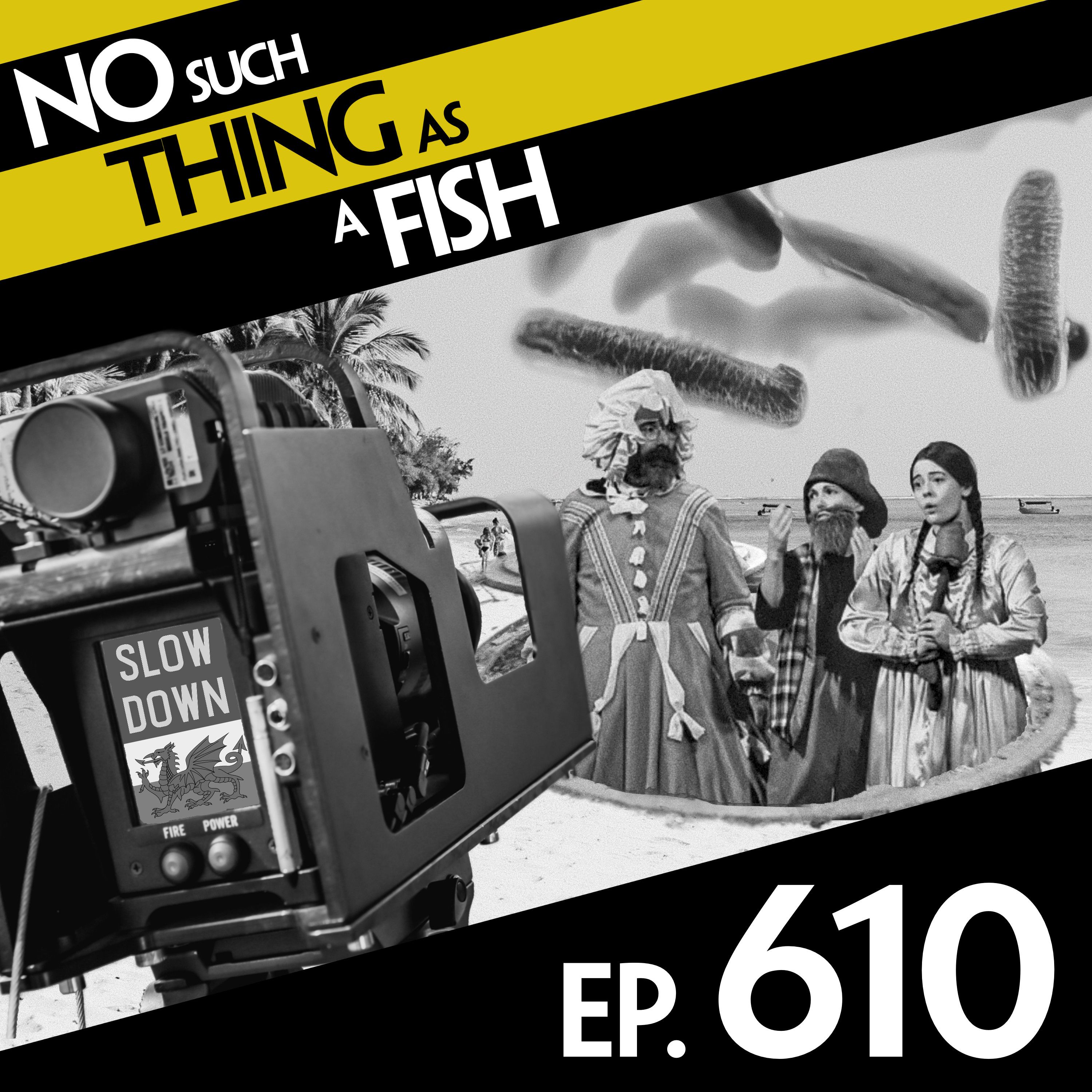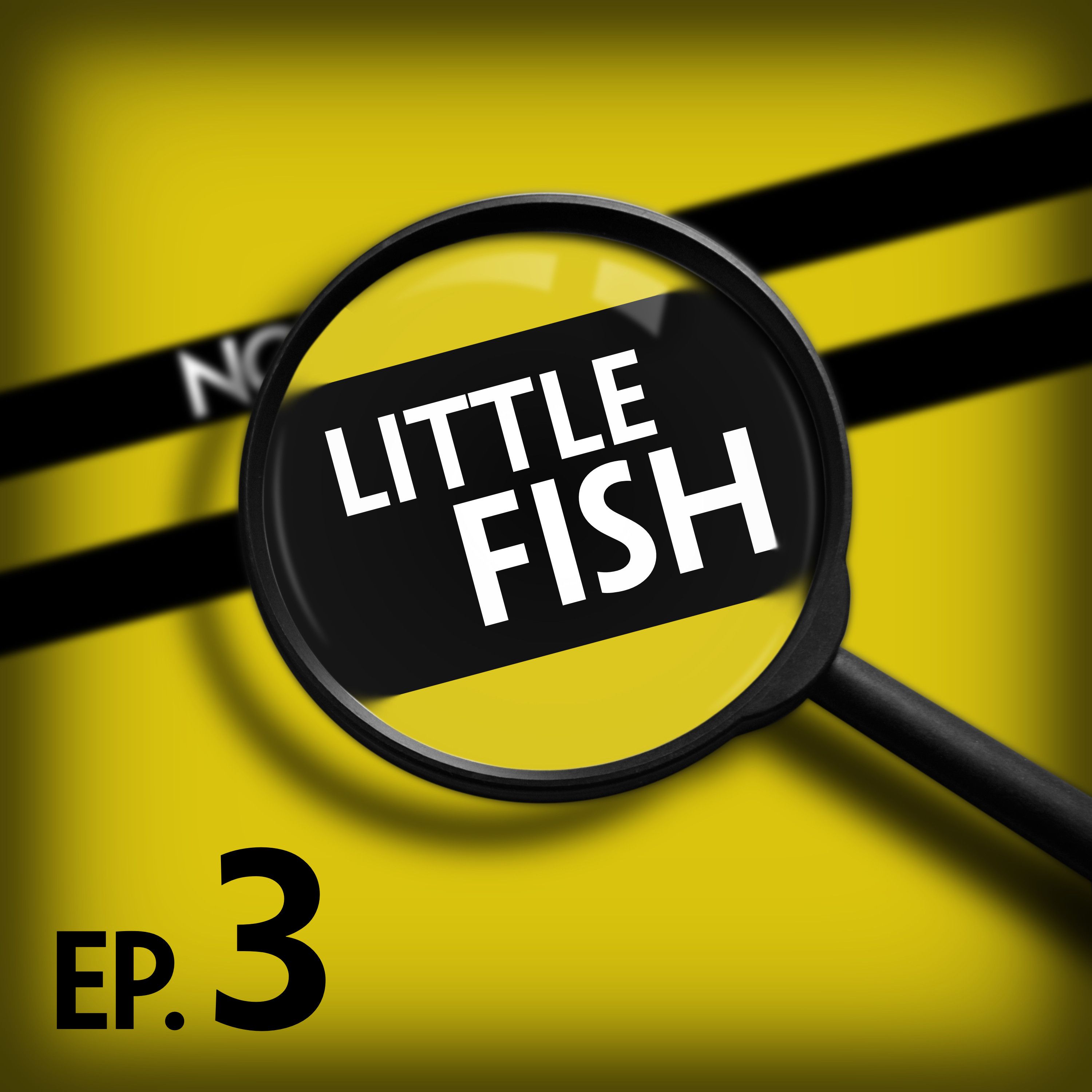315: No Such Thing As Tedious Moss
Dan, James, Anna and Andy discuss Plato, pizza and pliable planes.
Visit nosuchthingasafish.com for news about live shows, merchandise and more episodes.
Visit nosuchthingasafish.com for news about live shows, merchandise and more episodes.
Press play and read along
Transcript
Transcript is processing—check back soon.
No Such Thing As A Fish — 315: No Such Thing As Tedious Moss
